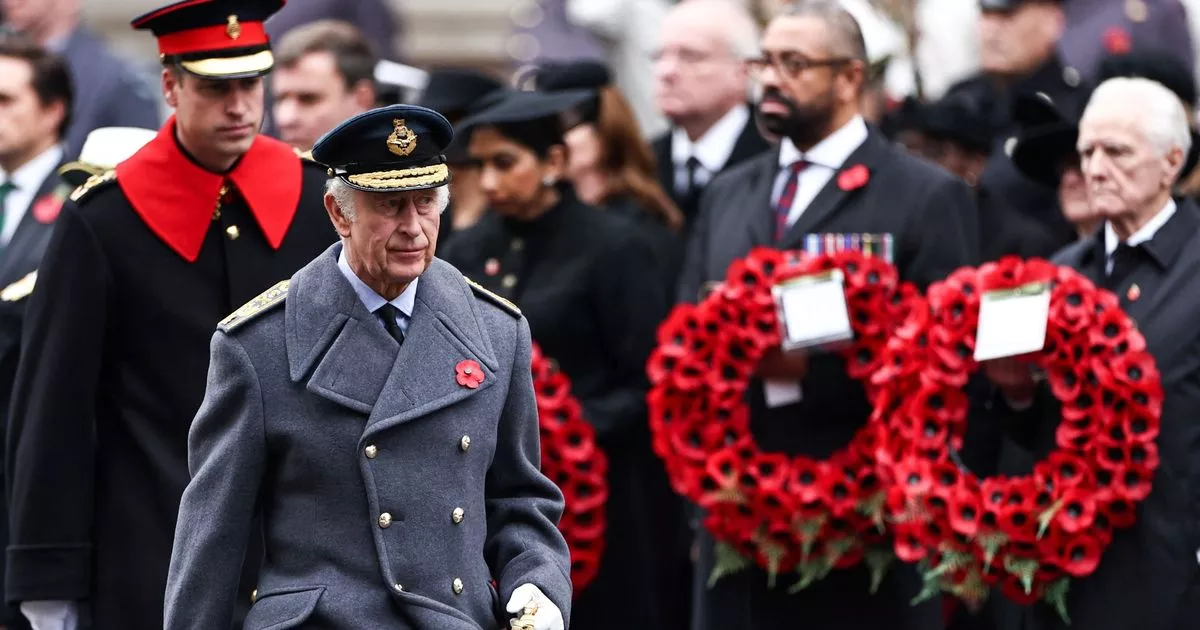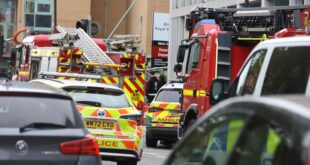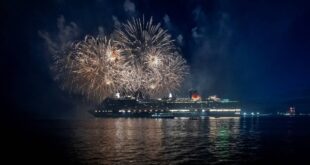Ever since the discovery of the New World in 1492 explorers had been seeking ways to travel beyond the continent to reach Asia.
In 1578 Sir Francis Drake sailed into the Pacific Ocean via Cape Horn, but that route was a huge detour for ships seeking to reach the trade routes to China and what were known as the Spice Islands, in modern day Indonesia.
The discovery of Australia and New Zealand in the 18th century and the conquest of India by the British-owned East India Company renewed the need for a quicker marine route to the Pacific.
The Northwest Passage became a holy grail which numerous British and other explorers searched for, beginning with John Cabot’s voyage in 1497.
Sir John Franklin, an experienced explorer, volunteered to lead an expedition to find the Northwest Passage and he commanded two state-of-the-art ships which were even fitted with early steam engines.
HMS Erebus and HMS Terror were sent out in the summer of 1845 to find the Northwest Passage but they took a crucial wrong turn and ended up stranded and surrounded by pack ice
HMS Terror was one of the British ships that took part in the bombardment of Fort McHenry in the Battle of Baltimore in September 1814.
HMS Terror and HMS Erebus set sail from England in May 1845 led by Franklin and a crew of 128 people.
The ships made it to Canada but ventured too far south and became trapped near King William Island.
The crew’s final message before they were wiped out – sent April 25, 1848 – indicated that there were survivors – but, at that point they were abandoning their ships.
The crew left the two vessels, the HMS Erebus and HMS Terror, north of King William Island and set out on a harsh journey south toward a mainland trading post.
None of the crew were ever heard from again, though skeletons and artifacts have since been found at the site linked to their disappearance.
Judging by the bodies found so far, none of the remaining crew made it even a fifth of the way to safety.
Legend has it – backed up by folktales from the Inuit people who lived in nearby Nunavut – the stranded sailors tried to escape by crossing the ice and perished but only after some had resorted to cannibalism.
With no news of the expedition, his wife Lady Franklin urged the Royal Navy to send a rescue mission but they were confident he was still alive and even promoted him to Rear-Admiral five years after he had died.
This ultimately condemned the crew to an icy death, though no one knows the exact details of what went on during the years they were missing.
Search parties were sent out, to no avail.
In 1850 a new expedition, under Robert McClure, was commissioned. It finally found the Northwest Passage and its crew shared a £10,000 reward given to them by Parliament.
But pack ice made the passage not suitable for navigation and it never gained the status its proponents had hoped for.
No sea crossing was successful until Roald Amundsen of Norway completed his trip in 1903-06.
It wasn’t until the 2000s that divers discovered the wreckages of the ships, which sat bafflingly far apart from one another.
HMS Terror was found in 2016 under 79 feet (24 meters) of water in Terror Bay, on the coast of King William Island, about 40 miles (64 km) north of where HMS Erebus was discovered in 2014.
Both wrecks had been moved considerable distances by the ice over the years.
Source link


